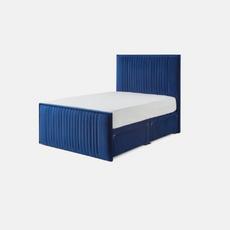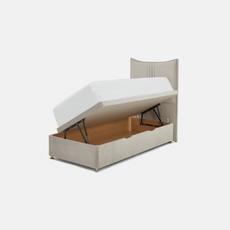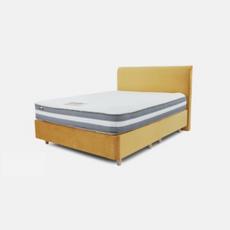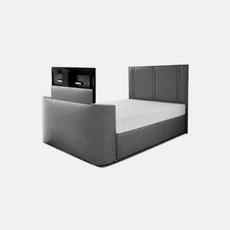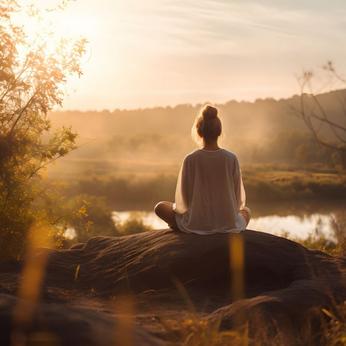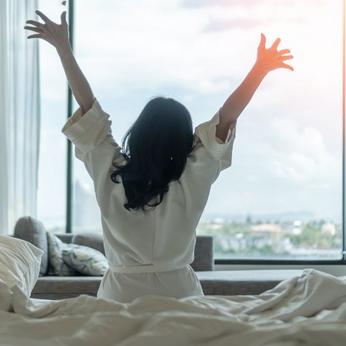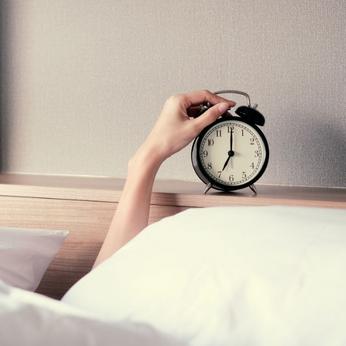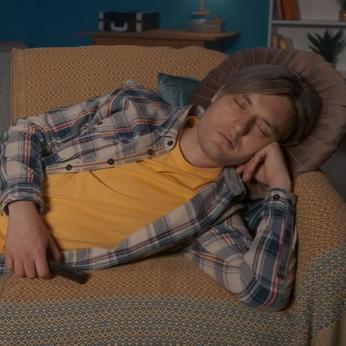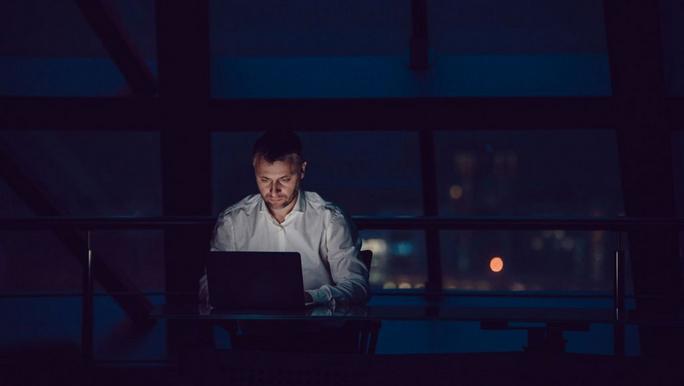
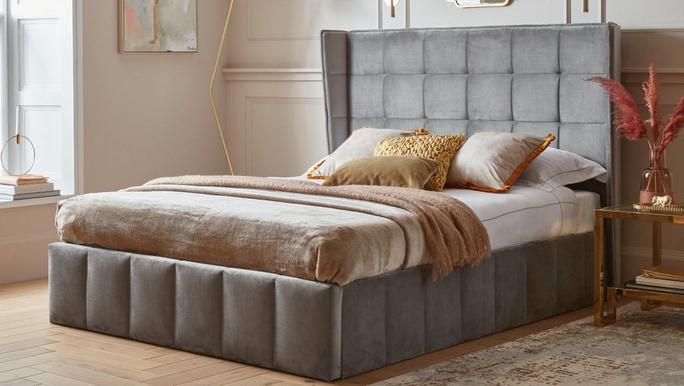
About the After Darker sleep personality
You are an After Darker if you find it hard to wake up in the morning and really get into your stride after 5pm. This is your sleep type if you often need multiple alarms to wake you up in the morning and crave alone time until at least 11am, so that you can adjust.
You are most productive in the evenings - in fact, you really get into your stride after 5pm when everyone else is finishing work. As a result, you often go to bed late and you enjoy a lie in in the mornings whenever you get the chance!
The ideal schedule for an After Darker

Morning
Aim to wake up between 7am and 7.30am and get as much light into your eyes as you can within an hour - throw open your curtains or blinds to let the light in, and during the winter, use a light therapy lamp. Natural light does wonders for your mood and will help you wake up and set your circadian rhythm right for the day.
Exercise is also a good way to wake your body up in the mornings, so night owls might consider doing some sort of physical activity before starting their day - this could be as simple as a few stretches, or a short 15 minute walk. Night owls need a little alone time between 9am and 11am - so if you are an owl, or work with one, try not to schedule any important meetings with them during this time!
As your chronotype or body clock is set ‘later’ in the day, owls should consider holding off on having their first cup of coffee until around 11am.

Afternoon
You are likely to be at your most productive between 12pm and 4pm, before getting a burst of energy in the evening.
From 2pm to 4pm you are starting to get into your work stride - you may find that you complete your best or most creative work during this time window. At 5pm, when everyone else is packing up to go home from work, you may find that you’re still very productive, so use this time to your advantage to get ahead.

Evening
During the evening, while spending time with family and friends or relaxing, you may find that you prefer to eat later, at around 8pm to 9pm. Bear in mind that eating a heavy meal three hours before bed can affect your sleep quality, so don’t leave it too late for dinner. 11pm to 11.30pm is your time to switch off your screens and start your bedtime routine.
As you eat late and work late, you may find it challenging to wind down before bed, so having a bedtime routine to help you switch off is important. Find one or two relaxing activities that you enjoy doing - this could be reading a book, listening to a podcast, or completing a skincare routine. By midnight it’s lights out and time to sleep.
The ideal bedroom for an After Darker
As an After Darker, you should consider creating a bedroom that offers a calming sanctuary that helps you relax and unwind after your final burst of evening energy.
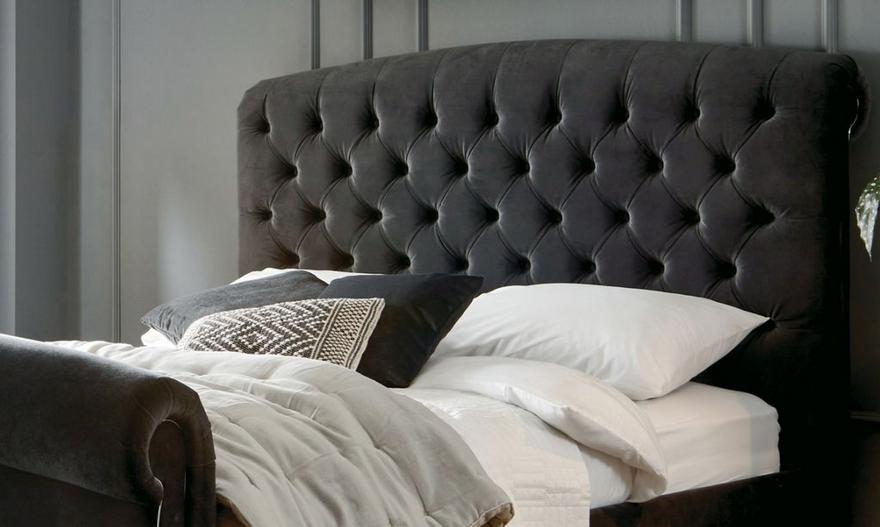
Go for dark and soothing colours that look good in artificial light. Dark blues, greens and greys are all easy on the eye and work particularly well in creating a calming atmosphere. These shades will also keep your room as dark as possible, to help the busy mind of an After Darker to unwind and drift off to sleep.
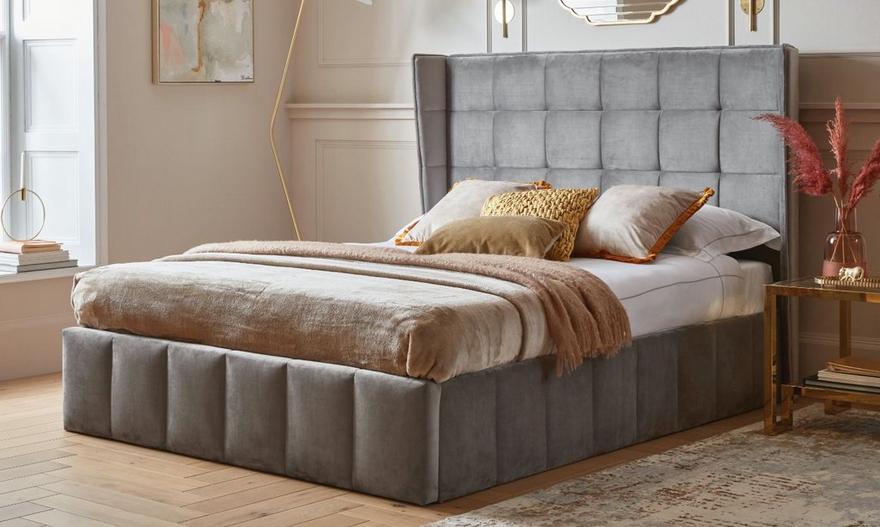
We spend one third of our lives sleeping, so it’s important to select the right type of mattress for your comfort preferences, and also a bed that is going to help you relax and unwind. One easy way to set the tone of your bedroom is to go for a statement bed - try an upholstered bed frame in a sumptuous soft velvet, in a soothing shade of dark green, blue or grey. Layer it with plump pillows and good quality bed linen to create a space that you’ll forward to curling up in.
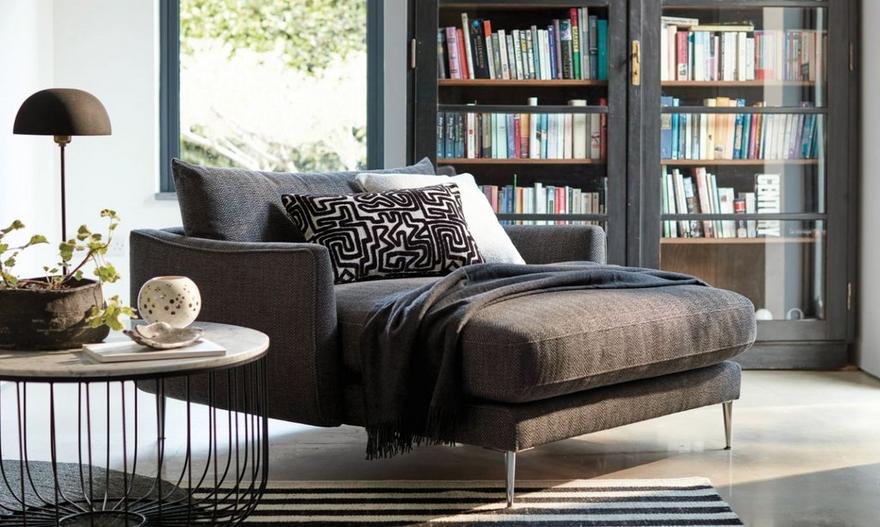
Think about how you like to use your bedroom during the evening time and style the space to suit. If you wake up with racing thoughts, keep a notebook on a bedside table or dressing table nearby, so that you can sit and jot down your thoughts. If you often wake in the middle of the night and struggle to go back to sleep, a cosy corner with a chair, a couple of favourite books and a warm blanket can be a great addition to your bedroom - giving you space for a relaxing activity to lull you back to sleep.
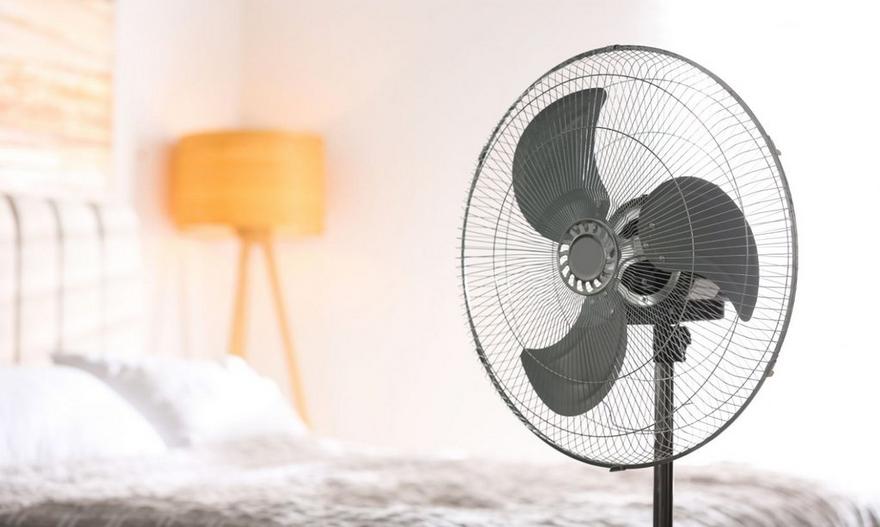
Did you know that certain types of noise can help you sleep? Brown noise sounds like a shower or rainfall, pink noise sounds like a waterfall and white noise sounds like the grainy static from an untuned radio or TV - and they help you sleep by masking any background noise and tuning it out.
Studies have found that one in four people fell asleep faster when listening to white noise and found that pink noise can enhance deep sleep in older adults and improve cognitive performance. Try adding a white noise machine or a white, pink and brown noise playlist to your bedtime routine.
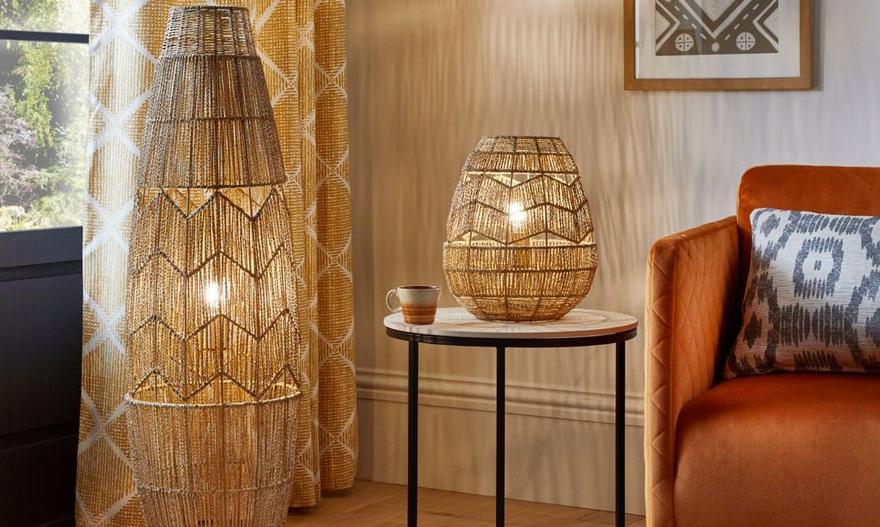
Ensure that your bedroom is set up to be as dark as possible for when you do go to sleep, and that your curtains keep out as much light as possible for those mornings when you’re able to sleep in! You may like to consider dimmable lights, or placing lamps around the space to softly light the room during the evening time. Avoid any blue-light in the bedroom - this includes televisions, computer screens and mobile phones - as it interrupts the production of the hormone melatonin which helps you go to sleep.

Diffuse your room with a calming scent which aids sleep, such as Lavender or Geranium Bourbon essential oils. They are known to have deeply relaxing effects and a calming influence.
Explore other sleep personality types
The After Darker type is just one of five distinct sleep personalities, each based on a different sleep chronotype. If you don’t think this quite sums you up - or you’d like to understand a partner or family member’s sleep type a little better - you can take the quiz again, or explore other personality types below.
